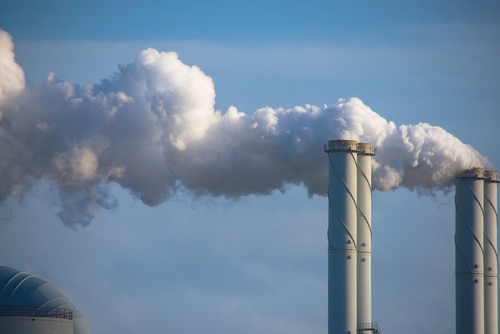
Energy-related carbon dioxide (CO2) emissions in the United States dropped 3 percent last year after rising 3 percent in 2018, according to the U.S. Energy Information Administration’s (EIA) U.S. Energy-Related Carbon Dioxide Emissions analysis.
CO2 emissions from the U.S. electric power sector hit their peak in 2007 and have since dropped 33 percent. This drop is attributed to more electricity generated from natural gas and other non-carbon sources as opposed to coal.
Last year, energy-related CO2 emissions totaled approximately 150 million metric tons lower than in 2018. The changing mix of fuels used to generate electricity contributed to 96 percent of the drop.
Renewable sources of electricity generation and nuclear power had a 38 percent share of U.S. electric generation, a record. The highest growth was in wind and solar power.
In 2019, the total carbon intensity of electricity declined from 619 metric tons to 408 per megawatt hour.
The electric power sector emitted nearly one-third of U.S. energy-related CO2 emissions, with emissions from natural gas growing 7 percent and emissions from coal dropping 15 percent.
The transportation sector’s emissions dropped 0.2 percent, the first year without an increase in six years.
Emissions in the residential and commercial sectors grew 1.1 percent.